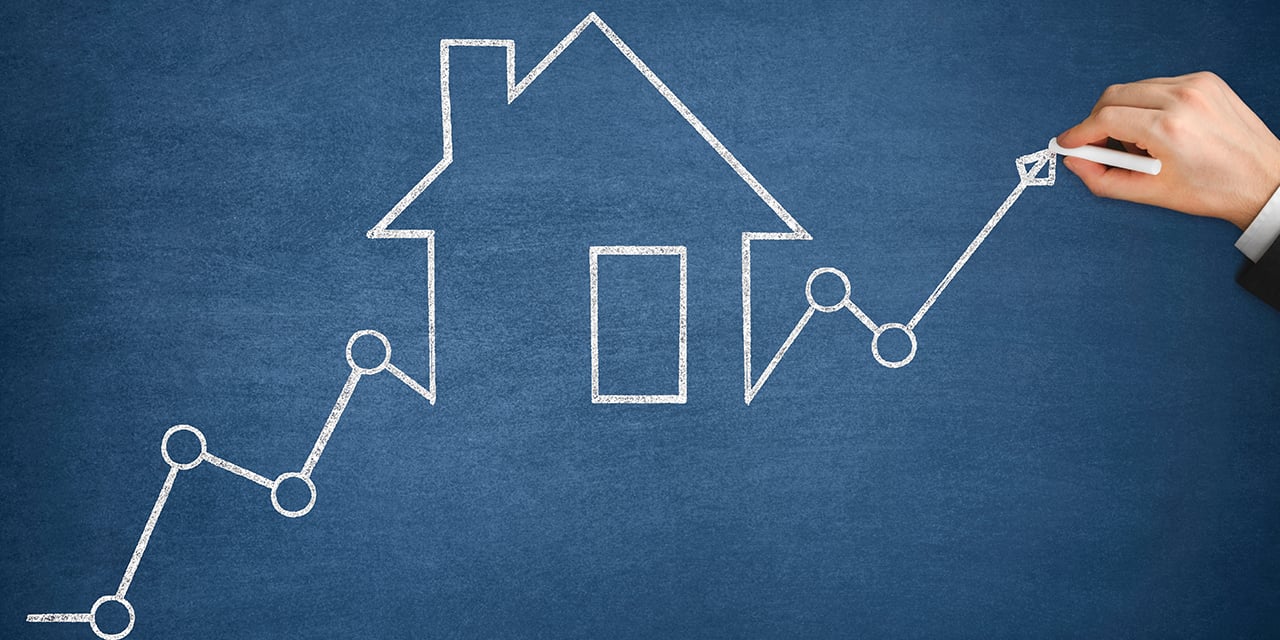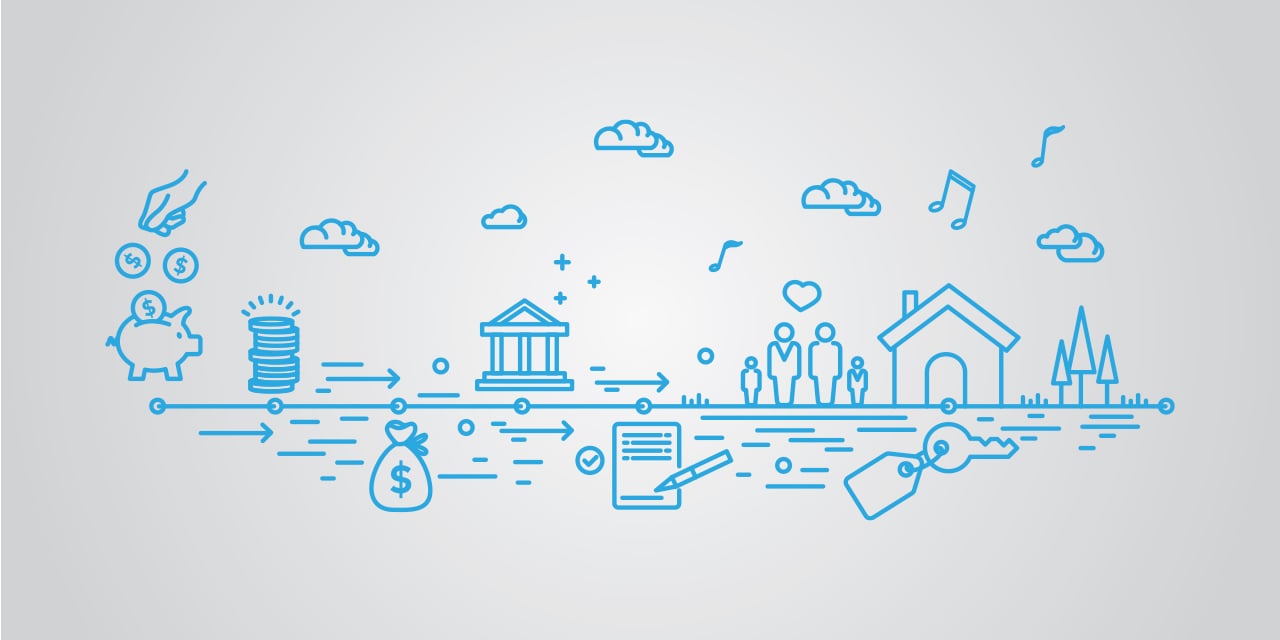
5 Strategies for Paying Off Credit Card Debt
U.S. consumer credit card debt recently topped $1 trillion. Here are five tips for getting you back in the black.
The Snowball Method
The snowball method is perfect for people who like the reinforcement of “little wins” along the journey. The strategy is to make the minimum payment on all of your credit card bills except the smallest one – you put as much money toward the bill with the lowest balance as possible. When that one is paid off, you take the money you were applying to that smallest balance and add it to the payment you’re making on the next smallest balance. You can keep repeating this strategy until all credit card balances are paid off.
Why It Works
One of the challenges of paying down debt is the feeling you’re in financial quicksand – with so much of your payments going toward interest, it’s easy to lose motivation to keep at it. By eliminating the smallest debt through the snowball method, you see tangible results the fastest, and the fact that you are receiving one fewer monthly bill can be especially rewarding. It also offers some flexibility in the debt you’re attacking in the moment, letting you pay off more (a $50 check from your aunt on your birthday!) or less (an unexpected car repair!) depending on that month’s finances.
Drawbacks
Because the only change you’re making is how much you’re paying every month, there are no real drawbacks to the snowball method besides cost of interest. This isn’t the cheapest way to pay off credit card debt, but if you need reinforcement to stay motivated, it could end up being the quickest.
The Avalanche Method
The avalanche method works much the same way as the snowball method – but instead of targeting the smallest credit card balance, you would focus on the credit card bill with the highest interest rate. As before, you would pay the minimum on all other credit card balances while devoting as much money as possible to the card charging the most interest. Once that card is paid off, you would then add that payment to the payment you’re making on the balance with the next highest interest rate. Continue until all cards are paid off.
Why It Works
This approach is better suited to those who are motivated by saving as much money as possible. By targeting the balance with the highest interest rate, this method minimizes the total interest you’d pay.
Drawbacks
Like with the snowball method, there are no drawbacks to the avalanche method. While you pay less in interest than you would with the snowball method, it could take longer to pay off your first balance.
The effectiveness of the snowball and avalanche methods lies in consumer action – by changing your spending and payment behaviors, you can reduce and even eliminate your credit card debt. The final three strategies attack debt from the other end – the lending institutions that hold your debt.
Balance Transfers
This solution is fairly straightforward: If you have one card that charges 10% interest and a second card that charges 15% interest, by moving the balance of the second card onto the first, you’re saving in interest payments. Moreover, many credit cards will give you a lower introductory rate on balance transfers, often as low as 0%, to really help rack up the savings.
Why It Works
The greatest advantage to balance transfers is its simplicity – with an amenable lending institution, you can lower interest payments with no other action on your part. Plus, you can combine this strategy with the snowball or avalanche strategy to attack your debt from both ends.
Balance transfers carry their own unique risks, though. For one, while you might be promised a low introductory rate, that rate usually has an expiration date – for this strategy to succeed, it’s critical you know how long the rate lasts, if there are any balance transfer fees and what the new rate will be after the introductory period ends. There’s also the matter of the card you just paid off – there are benefits to keeping that credit available, but they might be outweighed by annual fees or the temptation to incur more debt.
Personal Loans
Instead of moving your balance from one card to another, you might be in a position to consolidate your debt through a personal loan. Not only could that result in a lower interest rate, but you would also be recharacterizing your debt from revolving debt to installment debt, which might result in a boost in your credit score.
Why It Works
The biggest advantage is the potential to reduce how much you pay in interest: According to recent data from the Federal Reserve, interest rates on 24-month personal loans average 8.73%, compared to 16.65% for credit card interest.
Drawbacks
The same caveats for balance transfers apply here as well. The biggest danger is the temptation to make purchases on a card you just paid off – if you’re not careful, you could find yourself with more debt than when you started. In addition, a personal loan will likely have closing costs, which adds to your total debt.
Home Equity Loan or Line of Credit
A home equity loan or home equity line of credit lets you tap into the equity you’ve already put into your house. A home equity loan is much like a personal loan, where a lending institution lends you a lump sum amount based on how much equity you’ve built up in your house, and you would repay the loan in monthly installments. A home equity line of credit works the same way, but instead of a lump-sum loan, you receive a line of credit (like your credit card) that you can borrow against, up to a certain limit.
Why It Works
The biggest appeal for these options is a typically much lower interest rate. Some home loan products used to carry tax advantages as well, but they were largely eliminated with 2017’s Tax Cuts and Jobs Act.
Drawbacks
Perhaps the biggest drawback to using your house as collateral for a loan or line of credit is risk of nonpayment – in which case, the bank could foreclose on your home to collect on the money you owe. These options will likely have debt characteristics and fees you need to account for, like closing costs or an adjustable interest rate.
It’s important to remember that for any of these strategies to work, they need to be accompanied by a change in spending behavior – specifically, that you’re not using your newfound room on those cards as an opportunity to make unwise purchases. Better budgeting and developing an emergency fund can help keep you from relying on credit cards and put you on a more financially sound path.
Editor’s Note: This article was originally published March 2021 and was updated August 2022 with more current information.
The information offered is provided to you for informational purposes only. Robert W. Baird & Co. Incorporated is not a legal or tax services provider and you are strongly encouraged to seek the advice of the appropriate professional advisors before taking any action. The information reflected on this page are Baird expert opinions today and are subject to change. The information provided here has not taken into consideration the investment goals or needs of any specific investor and investors should not make any investment decisions based solely on this information. Past performance is not a guarantee of future results. All investments have some level of risk, and investors have different time horizons, goals and risk tolerances, so speak to your Baird Financial Advisor before taking action.


